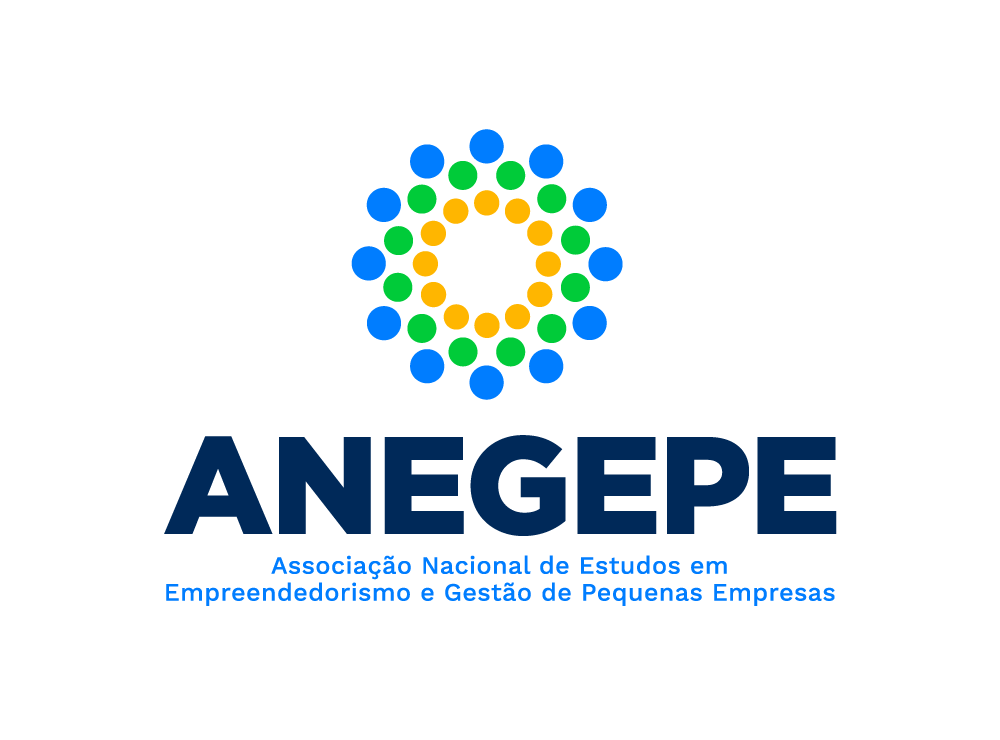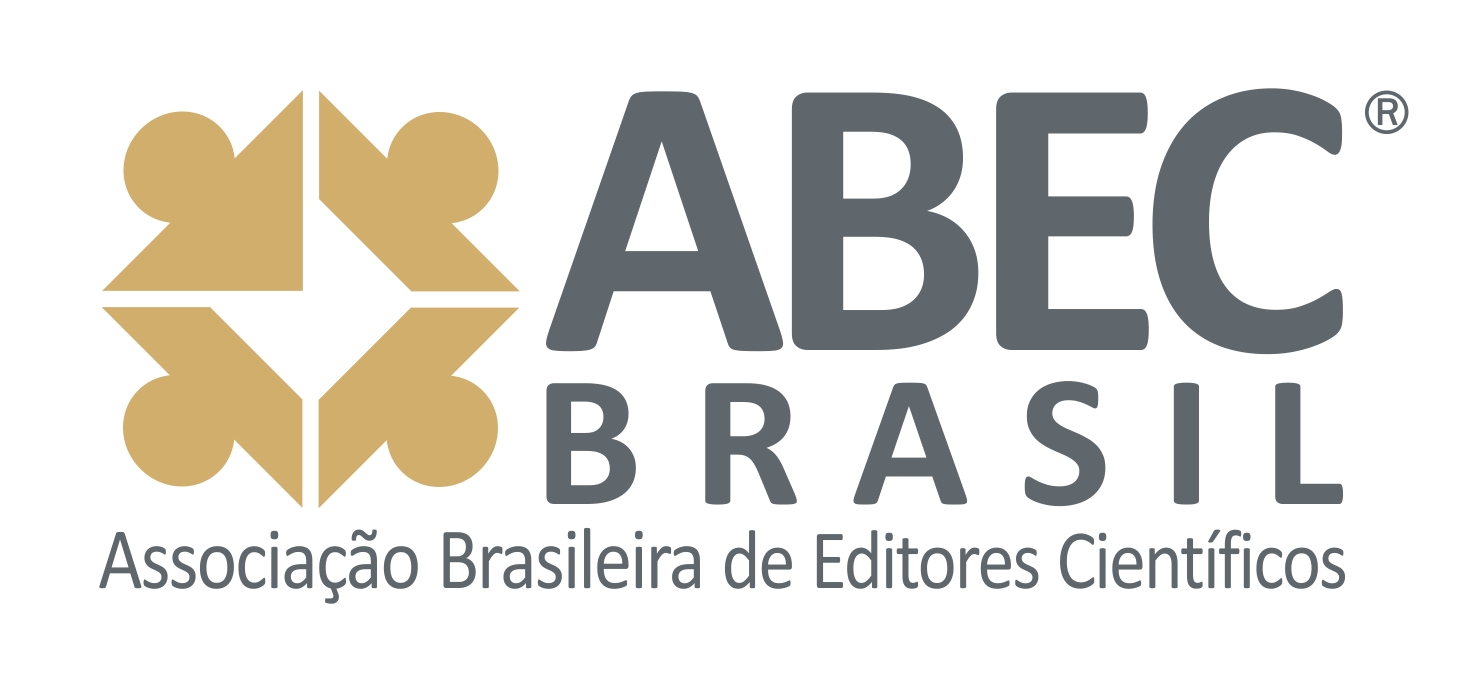Aplicação de Ferramentas de Apoio Gerencial Contábil em uma Microempresa de Confecções
DOI:
10.14211/regepe.v8i1.1199Palavras-chave:
Microempresa, Modelo Canvas de Negócios, Formação de Preço de Venda, Fluxo de Caixa.Resumo
O objetivo deste estudo foi identificar como as ferramentas gerenciais selecionadas podem auxiliar na gestão empresarial de uma microempresa. O caso estudado foi um comércio de confecções, localizado na região Oeste do Paraná. O trabalho foi realizado no período de maio a dezembro de 2017 e compreendeu atividades direcionadas à gestão da empresa, especificamente a aplicação e análise das seguintes ferramentas: a) Modelo Canvas de Negócios, que serviu como um diagnóstico das necessidades principais da microempresa para os pesquisadores e como uma reflexão e direcionamento sobre o negócio para os empresários; b) Formação de Preço de Venda, que demonstrou a aplicabilidade de um método prático e eficiente na identificação de produtos que podem ter seus preços ajustados, bem como os produtos com maior rentabilidade e os que devem deixar de ser ofertados; e c) o Fluxo de Caixa Projetado, que permitiu aos gestores terem uma visão de suas contas a pagar e a receber em um período maior de tempo, e planejar ações para reduzir ou evitar o endividamento. Quanto a tipologia do estudo, esta pesquisa foi classificada como exploratória quanto aos objetivos, estudo de caso quanto aos procedimentos e qualitativa quanto à abordagem do problema, utilizando a triangulação de dados para a análise do caso, cruzando dados da teoria e conceitos das ferramentas gerenciais, documentos e relatórios da empresa e observação direta com entrevistas informais. O estudo prático apontou que as ferramentas gerenciais aplicadas auxiliam na geração de informações úteis para o planejamento e a tomada de decisão dos gestores e que a forma de gestão atual necessita de mudanças, pois o acompanhamento do negócio é premissa para o alcance do sucesso e do lucro.
Downloads
Referências
Andrade, M. M. (2002). Como preparar trabalhos para cursos de pós-graduação: noções práticas. 5. ed. São Paulo: Atlas.
Assaf Neto, A. (2007). Finanças corporativas e valor. 3. ed. São Paulo: Atlas.
Assef, R. (2005). Manual de gerência de preços: do valor percebido pelo consumidor aos lucros da empresa. Rio de Janeiro: Campus.
Bruni, A. L., & Famá, R. (2009). Gestão de custo e formação de preço: com aplicação na calculadora HP12C e Excel. 6. ed. São Paulo: Atlas.
Crepaldi, S. A. (1998). Contabilidade gerencial, teoria e prática. São Paulo: Atlas.
Creswell, J. W. (1998). Qualitative inquiry and research design: choosing among five traditions. Thousand Oaks, CA: Sage.
Eisenhardt, K. M. (1989). Building theories from case study research. Academy of Management Review, Mississipi, Mass., v. 14(4), pp. 532-550, Oct./Dec. DOI: https://doi.org/10.5465/amr.1989.4308385
Frezatti, F. (2005). Management accounting profile of firms located in Brazil: a field study. Brazilian Administration Review, v. 2(1), pp. 73-87, Jan/Jun. DOI: https://doi.org/10.1590/S1807-76922005000100006
Giovinazzo, R. A. (2001). Focus Group em pesquisa qualitativa. Artigo, Fundação Escola de Comércio Álvares Penteado (FECAP). Disponível em: <http://www.fecap.br/>. Acesso em: 16 jun. 2017.
Kotler, P., & Armstrong, G. (2007). Princípios de Marketing. 12. ed. São Paulo: Prentice Hall Brasil.
Leal, C. P., & Nascimento, J. A. R. (2011). Planejamento Financeiro Pessoal. Disponível em:
<http://www.pgsskroton.com.br/seer/index.php/rcger/article/view/2101/3439>. Acesso em: 05 nov. 2017.
Nagatsuka, D. A. S., & Teles, E. L. (2002). Manual de contabilidade introdutória. São Paulo: Thompson/Pioneira.
Oliveira, E. C. (2005). Manual Como Elaborar Controles Financeiros. Disponível em: <http://www.sebrae.com.br/uf/ceara/acesse/publicacoes-1/planeje-suasacoes/Plano Financeiro.pdf>. Acesso em: 20 out. 2017. Belo Horizonte: SEBRAE/MG.
Osterwalder, A., & Pigneur, Y. (2011). Business Model Generation. New Jersey: John Wiley & Sons Inc.
Rosa, P. M., & Silva, A. T. (2011). Fluxo de caixa – instrumento de planejamento e controle financeiro e base de apoio ao processo decisório. Revista Brasileira de Contabilidade, [S.l.], n. 135, pp. 81-95, ago. ISSN 2526-8414. Disponível em: <http://rbc.cfc.org.br/index.php/rbc/article/view/425>. Acesso em: 19 jul. 2017.
Santos, R. V. (1997). Planejamento do Preço de Venda. Caderno de Estudos FIPECAFI, São Paulo. v. 9(15), pp. 60-74, jan/ jun. DOI: https://doi.org/10.1590/S1413-92511997000100005
_________. (1995). Modelos de decisão para gestão de preço de venda. São Paulo: USP, 1995. Dissertação (Mestrado) - Faculdade de Economia, Administração e Contabilidade, Universidade de São Paulo, São Paulo.
SEBRAE. (2016). São Paulo, Serviço Brasileiro de apoio às Micro e Pequenas Empresas. Dados sobre os pequenos negócios no Brasil. Disponível em: http://sistema.datasebrae.com.br/#sebrae>. Acesso em: 15 jul. 2017.
________. (2013). São Paulo, Serviço Brasileiro de apoio às Micro e Pequenas Empresas. Cartilha: o quadro de modelo de negócios. Disponível em: <https://www.sebraecanvas.com.br/downloads/cartilha_canvas.pdf>. Acesso em: 15 ago. 2017.
Sperling, E. (2008). A influência da formação do preço de venda na micro e pequena empresa do comércio varejista nos relatórios gerenciais. Revista Interdisciplinar Científica Aplicada, Blumenau, v. 2(1), pp. 01-18, Sem I.
Stake, R. E. (1995). The art of case study research. Thousand Oaks, CA.: Sage.
Tófoli, I. (2008). Administração financeira empresarial: uma tratativa prática. Campinas: Arte Brasil.
Toledo Filho, J. R., Oliveira, E. L., & Spessatto, G. (2010). Fluxo de caixa como instrumento de controle gerencial para tomada de decisão: um estudo realizado em microempresas. Revista de Contabilidade do Mestrado em Ciências Contábeis da UERJ (online), Rio de Janeiro, v. 15(2), p. 88, maio/ago. Disponível em: <http://www.atena.org.br/revista/ojs-2.2.3-08/index.php/UERJ/article/view/896/856>. Acesso em: 01 nov. 2018.
Wernke, R. (2005). Análise de custos e preço de venda. São Paulo: Saraiva.
Yin, R. K. (2005). Estudo de caso: Planejamento e métodos. 5. ed. Porto Alegre: Bookman.
Downloads
Publicado
Métricas
Visualizações do artigo: 3006 PDF downloads: 866
Como Citar
Edição
Seção
Licença
Autores que publicam nesta revista concordam com os seguintes termos:
- O(s)/A(s) autor(es)/autora(s) autorizam a publicação do texto na revista;
- A revista não se responsabiliza pelas opiniões, ideias e conceitos emitidos nos textos, por serem de inteira responsabilidade de seus autores/autoras;
- Autores/autoras mantêm os direitos autorais e concedem à revista o direito de primeira publicação, com o trabalho publicado sob a Licença CC BY 4.0
, que permite o compartilhamento do trabalho com reconhecimento da autoria e publicação inicial nesta revista;
- Autores/autoras são permitidos e encorajados a postar seu trabalho (Versão submetida, Versão aceita [Manuscrito aceito pelo autor/autora] ou Versão publicada [Versão do registro]) online, por exemplo, em repositórios institucionais ou preprints, pois isso pode levar a trocas produtivas, bem como a citações anteriores e maiores de trabalhos publicados. A REGEPE pede como condição política para os autores/autoras que indiquem/vinculem o artigo publicado com DOI. Veja o Efeito do Acesso Livre.















